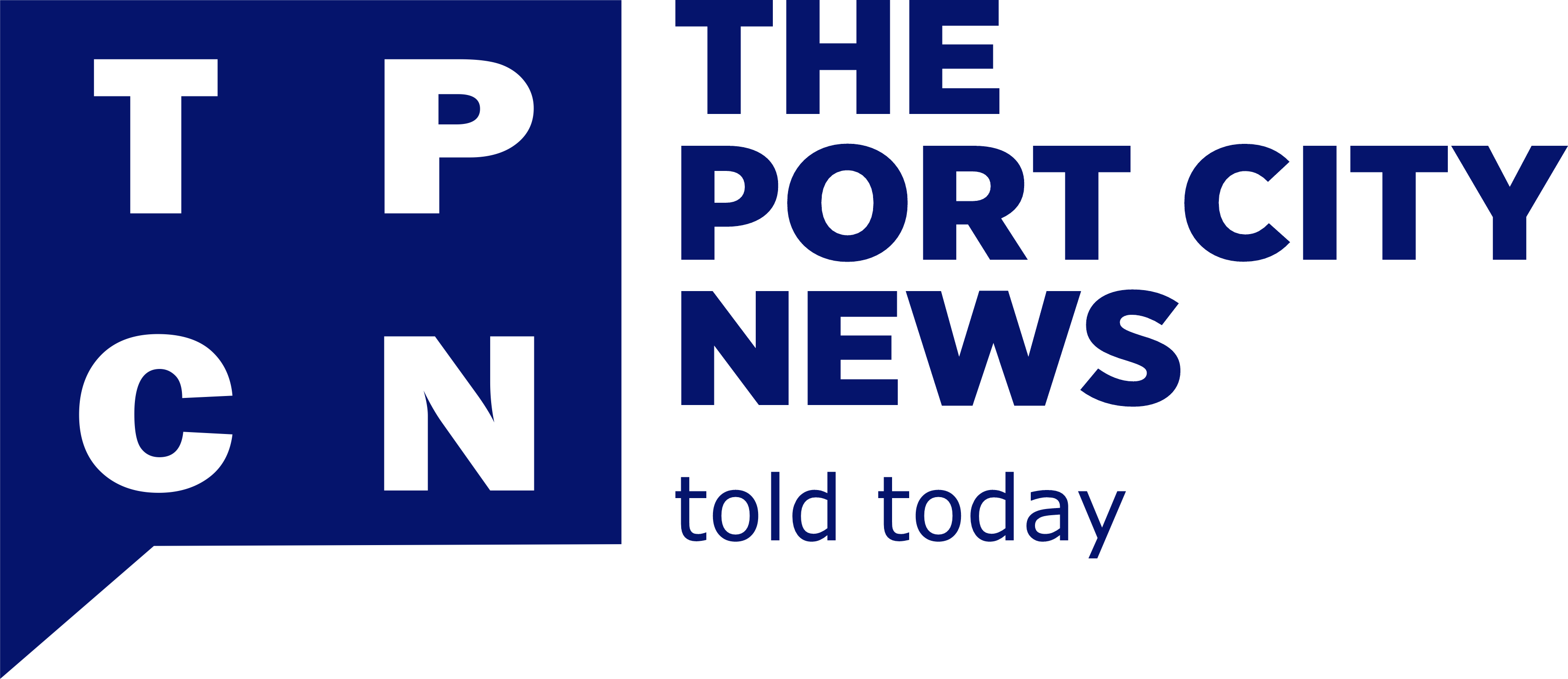A London patient has become the second known man to be cleared of AIDS virus after receiving a bone marrow transplant from an HIV resistant donor, according to his doctor.
The patient has shown no trace of previous HIV infection since he underwent the transplant operation three years ago.
“There is no virus there that we can measure. We can’t detect anything,’’ said Ravindra Gupta, a professor and HIV biologist who co-led a team of doctors treating the man.
However, Gupta described his patient as “functionally cured’’ and “in remission,’’ rather than “cured. It’s too early to say he’s cured,” he said.
The first known patient to be functionally cured of HIV is an American man, Timothy Brown, who also underwent similar treatment in Germany in 2007.
Both patients received bone marrow stem cells from donors with a rare genetic mutation known as “CCR5 delta 32,” which confers resistance to HIV.
Between Brown and the new London patient, scientists made several attempts to cure other AIDS patients using the same method, but failed in all of them.
Gupta said the method used is not appropriate for all patients but offers hope for new treatment strategies.
The study is to be published on Tuesday in the journal Nature.
As of 2017, there were approximately 36.9 million people worldwide living with HIV/AIDS.
AIDS-related deaths have been reduced by more than 51 per cent since the peak in 2004, according to the Joint UN Programme on HIV/AIDS.
The authors of the study published Tuesday have also said the technique may not necessarily be effective for all HIV-infected individuals, specifically those carrying the gene CXCR4.
CCR5 is the gene allegedly edited by Chinese scientist He Jiankui, which led to the birth of babies in 2018, who are said to be HIV resistant.
Sarah Palmer, the Deputy Director of the Centre for Virus Research at The Westmead Institute for Medical Research in Sydney, said the study “further confirms the promising HIV curative effects of bone marrow transplantation from the relatively few persons, who have the HIV resistant cells.
“However, this curative process is not yet applicable to tens of millions of other HIV-infected individuals worldwide. The next steps should be focused on how to do so,” she added.




